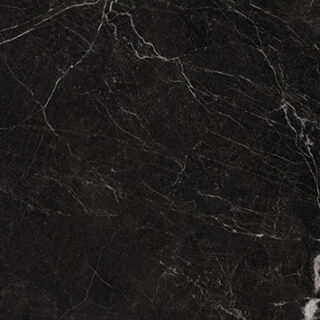When it comes to your wall and in general interior home decor, there are a bunch of materials in the market, contact paper and wallpaper being a couple of them. At face value, both their job are to enhance the look and appearance of the walls but they have different characteristics and appeal which leads to a completely different environment around your space. I n short, contact paper is generally cheaper, made with vinyl and meant to be put on horizontal surfaces like counters or tables, whereas removable wallpaper is generally made with paper, can be more costly and is often used vertically, i.e. on walls.
Basic definition
Contact Paper- In simple terms, contact paper has a decorative side on one side and the other side sticks onto the other object you want the paper on. It is made from vinyl or plastic, or in some cases both enhancing its durability and quality.
Wallpaper- They are predominantly used to cover and decorate walls of your space, be it home, office or general space. Made out of paper or a mix of paper and fabric, they have not been engaged in many other materials in the past, but recently they have been associating vinyl with wallpapers to make it more water-resistant and durable.
Application onto walls
Contact Paper- Contact paper is comparatively easier to apply, as you can simply peel off the back and stick it onto the surface you want. The wall must be properly cleaned, neat and tidy so that the thin layer of contact paper will be able to cover everything behind it on the surface.
Wallpapers- Applying wallpapers to your specified is a bit tough, it involves measuring, and cutting while keeping out the bubbles as a major task as well. A lot of cleaning and refining of certain spaces are also required so that the textures are much more smoother, plus many individuals opt for professional assistance for the application of wallpapers on the walls.
Durability
Contact Paper- It is comparatively less durable as compared to wallpapers hence easily getting torn, peeled off and damaged to heat and moisture. Upon that, it is a short-term plan as it does not last on walls or other surfaces for a long period of time.
Wallpapers- Wallpapers are much more durable withstand any wear and tear, with easy to clean and maintain it well. With proper installation and care, wallpaper can easily stay on walls for an average of 10-15 years.
Design
Contact paper- It comes in a wide range of designs, colours, and patterns, including finishes like marble, wood grain, and tile. It is suitable for smaller projects and can be easily customised.
Wallpapers- Wallpaper offers an extensive array of designs, from classic patterns and floral motifs to contemporary designs. Some wallpapers also feature textures. Custom wallpapers can be ordered to fit specific design requirements, making them ideal for feature walls and large-scale decor projects.
Cost
Contact paper- In general, contact paper is less expensive than wallpaper, which makes it an affordable choice for brief and transient changes. Perfect for tenants or people who want to switch up their interior design often without making a big financial commitment.
Wallpapers- Wallpaper can be more costly, particularly when it comes to designer and high-end selections. If you hire specialists, the price also covers the installation in addition to the material. Even if the initial cost is higher, wallpaper can end up being a more affordable option in the long run due to its strength.
Ease of Removal
Contact paper- The purpose of contact paper is to be removable. Because it can be removed without harming the underlying surface, it’s a fantastic choice for rental homes. Contact paper may be easily removed and replaced regularly to accommodate shifting interior design tastes.
Wallpapers- It can be difficult to remove wallpaper, particularly if it is glued on with strong adhesives. Wallpaper is better suitable for long-term uses rather than frequent modifications because of the labour-intensive removal process.
Contact paper and wallpaper each have special benefits and uses that suit various requirements and tastes. For quick, inexpensive, and adaptable décor changes, contact paper is great, especially for do-it-yourselfers and smaller spaces. On the other hand, wallpaper provides a more long-lasting, upscale, and robust option that is appropriate for larger-scale projects and individuals looking for long-term decor consistency.




















